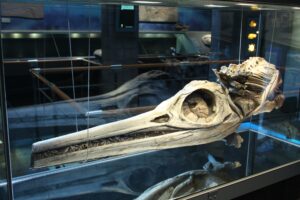The Garden Park National Natural Landmark in central Colorado U.S.A. was established for 40 acres (0.16 sq. km) by the U.S. National Park Service in 1973 in recognition of its historical and paleontological significance. It was here that rather complete dinosaur skeletons were first discovered in great abundance and diversity in the late 1800s, sparking […]
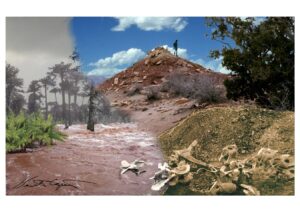
The concept of the volume is to survey all the key geoparks throughout Europe in terms of their palaeontological significance. The first 25 articles in this Part cover the long span of geological time from the Precambrian to the Permian, arranged in chronostratigraphic order. These document some of the most important early stages in the […]
The concept of the volume is to survey all the key geoparks throughout Europe in terms of their palaeontological significance. The second set of 36 articles in this Part cover the long span of geological time from the Triassic to the Quaternary, arranged in chronostratigraphic order. These document some of the most important stages in […]
The North West Highlands Geopark is probably one of the largest geoparks anywhere, comprising 2000 km2 of remote, mountainous and coastal terrain. It was the first European Geopark to be recognised in Scotland in 2004 and was designated by UNESCO as a Global Geopark in 2015. Since then, it has been very successful in delivering […]
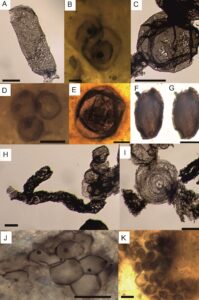
The Triassic reptile Eifelosaurus triadicus is an icon of the Geopark Vulkaneifel and the Natural History Museum of Gerolstein (West Eifel, Rhineland Palatinate, W Germany). We explore the research history, including geoconservation aspects, and summarize current knowledge of Eifelosaurus, the sole fossil of its kind, identified as an early rhynchosaur. We discuss the local geology, […]
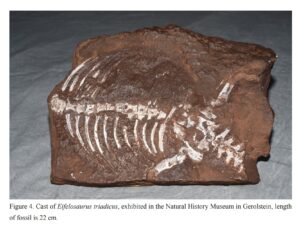
Across the Ediacaran to Cambrian transition, some 541 Ma, the Earth’s biosphere changed from one dominated by microbial organisms to one where multicellular organisms, including animals, rose to importance. Within a few tens of millions of years into the Cambrian Period an array of animal groups appeared, some extinct and others ancestral to modern groups, […]
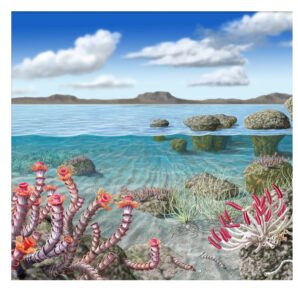
Some exceptional paleontological trilobite sites located in the Sierra Norte de Sevilla UNESCO Global Geopark are presented herein, together with an analysis of their geotourism / geotrail potential and a proposal for geoconservation. The sites are of Marianian age, a regional stage and age of the Cambrian Mediterranean Subprovince which was defined within the territory […]
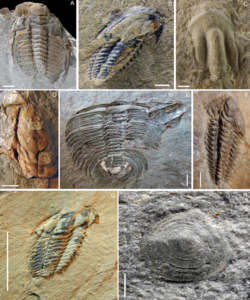
The Digne-les-Bains ammonite slab is one of the most impressive geosites of the UNESCO Global Geopark of Haute-Provence and Réserve Naturelle Nationale Géologique de Haute-Provence. Its importance rests on the number of fossils as well as their size and the high quality of the outcrop and its huge potential. It is an important subject for […]
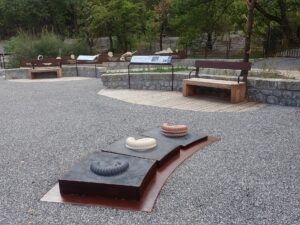
Introduction The National fossil Day (NFD) was first established in the United States (October 13, 2010) to endorse the value of fossils in science and education. Since that time, different partners including research institutions, universities, museums and other groups come together to share their activities and celebrate the NFD in the United States. Recently, the […]
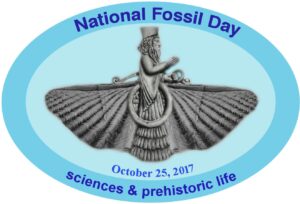
The Lower Jurassic Posidonia Shale of Southern Germany is famous for its excellently preserved fossils. First of all, the large and spectacular ichthyosaurs, pterosaurs and crocodiles impress. Fish, crinoids, ammonites and belemnites are witnesses of a very special living world in the former Posidonia Shale Sea. The rather small and inconspicuous bivalves, brachiopods and serpulids […]
